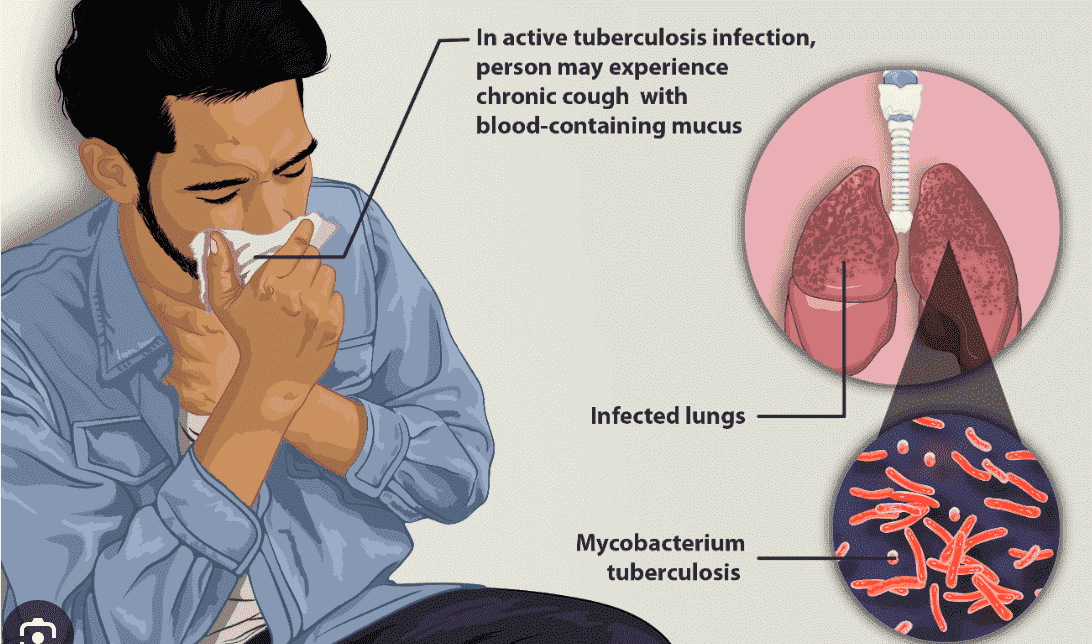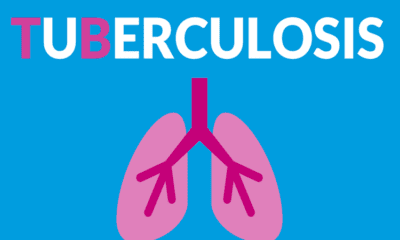Health
Completion of TB treatment – patients should be followed up

Tuberculosis (TB) is an infectious illness caused by the airborne bacteria macrobacterium tuberculosis. TB can cause serious health problems particularly if it is not caught early, and TB treatment not done. The good news is the illness is curable, and testing, and treatment is free in the public sector.
After initiation of treatment there is a follow up system to monitor treatment adherence, and after completion of treatment there is post follow up system till 24 months. This post follow up system is for testing to monitor tuberculosis treatment, and to determine if any TB bacteria is still left in your body or not.
The objective of the TB patients follow up is to know the TB treatment response, and to determine if the patient is cured.
TB patients are clinically evaluated at the end of every four weeks of treatment (Clinical follow up), and they are also followed up by performing a sputum test at the end of each treatment phase (laboratory follow up) that is intensive phase, and continuation phase.
The patients are followed up based on the type, and duration of the treatment regimen. A day may be identified by TBHV, STS or TB champion for all monthly visits of the DR TB patients. Any patients on DR regimen should be assessed by a trained Doctor or PMDT guidelines for clinical evaluation, and if required for other diagnostic tests.
TB patients during clinical evaluations are assessed to –
- Identify possible adverse reactions to medications
- Check for any comorbid conditions: – any new clinical signs, and symptoms
- Weight change: – Monitor adherence, and determine treatment efficiency by observing their symptoms
Although each patient responds to treatment at a different pace, all TB symptoms should gradually improve, and eventually go away.
Patients whose symptoms do not improve during the first two months of treatment or whose symptoms worsen after improving initially, should be reevaluated for adherence issues, and for development of drug resistance.
A key point of this strategy is directly observed treatment (DOT) designed specifically to strengthen treatment adherence.
Then the Post follow up testing to monitor tuberculosis treatment is to determine if any TB bacteria are still left in your body.
Once your course of treatment or the duration of treatment is completed you may have tests to make sure you are clear of TB.
Even if you successfully beat tuberculosis, you can still get tuberculosis infection again. In fact, TB re- infection is becoming more common these days. Tuberculosis is a potentially life threatening airborne bacterial infection.
WHO is also trying it’s best to spread awareness about this life taking disease.
Article by Dr. Reeta Sahoo































